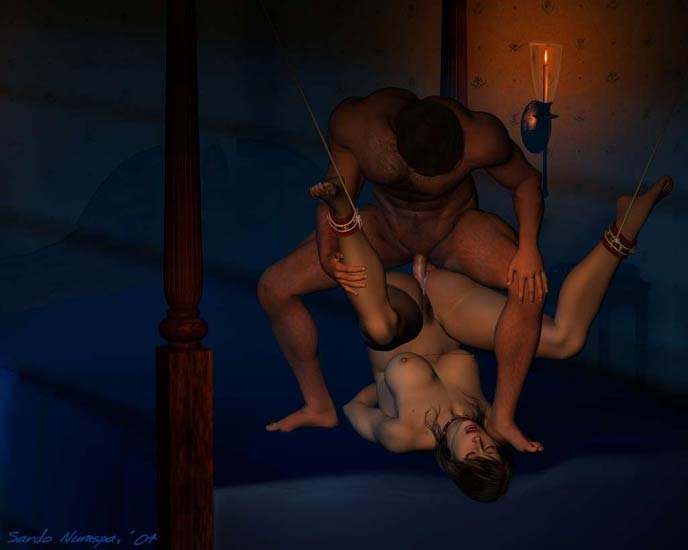

The Figure, Symmetry menu includes options for copying the element poses on the left side of the object to the right side and vice versa. Poser includes several menu options that you can use to help you pose figures in the scene. Another way to position elements is to alter their parameter values using the parameter dials that appear in the Parameters/Properties palette. Understanding how to effectively use the edit tools will enable you to create good poses. Within the Editing tools are tools to translate, rotate, twist, scale, taper, and even color the various elements. To help with the task of positioning figure body parts, you can use the Editing tools. You can select figure elements directly in the Document Window using the mouse or by using the Actor drop-down list at the top of the Document Window. The first step in posing a character is being able to select the individual figure elements such as the upper arm or the lower leg. Most of these commands are located within the Figure menu, but you can also change a figure’s parameters and properties using the Parameter/Properties palette. Several commands are available for working with figures, including changing its height, locking a figure in place, and hiding a figure to speed the update within the Document Window. Moving a figure moves the entire figure as one unit and lets you separate multiple figures within a single scene. Once you have loaded a figure in the Document Window, you can select and move it into position within the scene before starting to pose the figure.

In other words, if you raise the upper arm of a model, the lower arm, wrist, and hand will move with it. All attached body parts will move along with the selected part in the same way they move in real life, unlike when you’re on the dance floor. Posing figures is surprisingly easy you just grab a body part and move it into position.


 0 kommentar(er)
0 kommentar(er)
